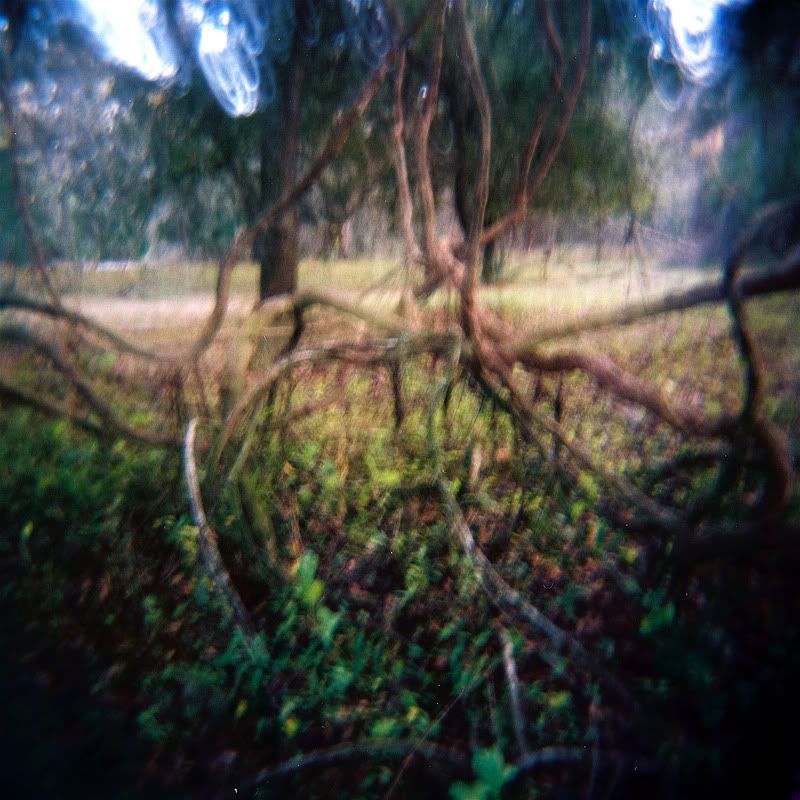
After hearing that Shepard Fairey presentation, I felt inspired to do some similar designs of my own. Here is one based on those "Andre the Giant has a posse" posters he put up around town. Sorry. I know this post is really random. But I just wanted to show it off to someone...
















































